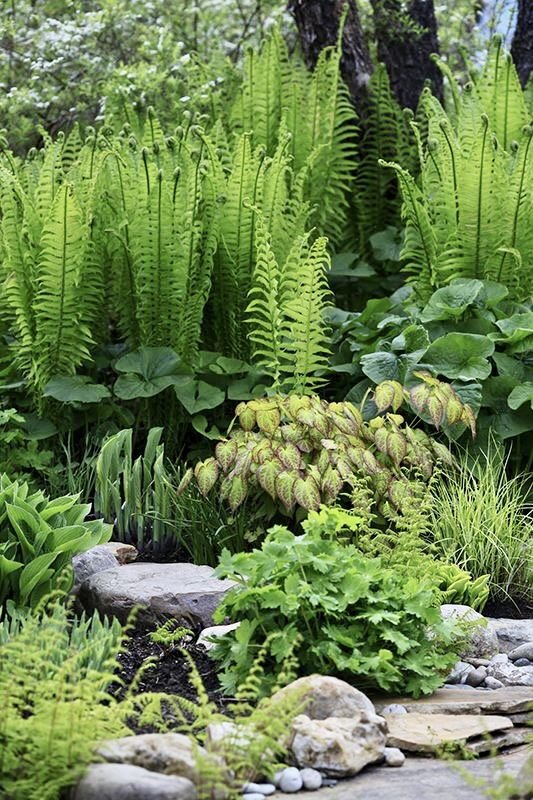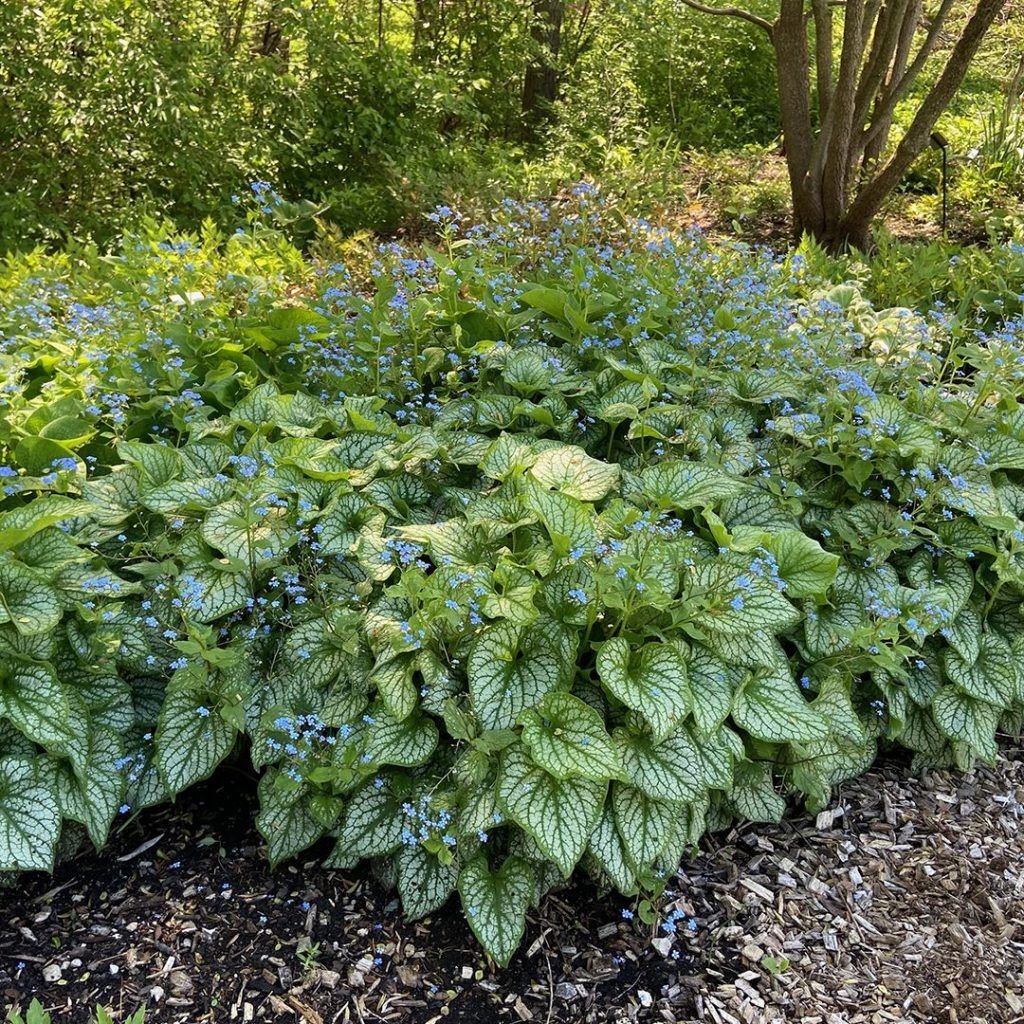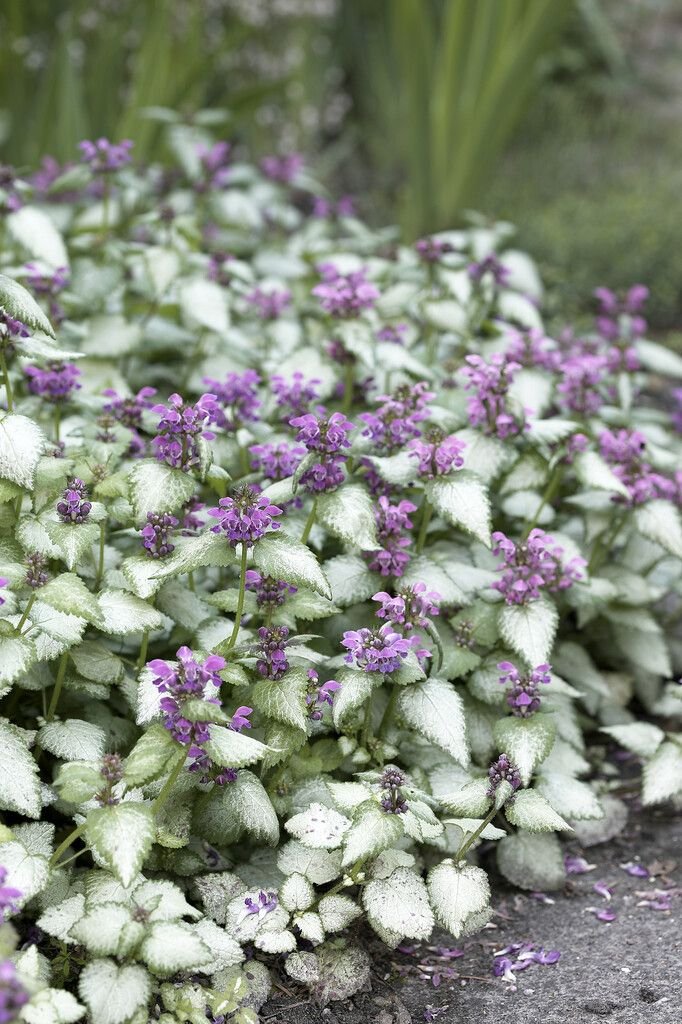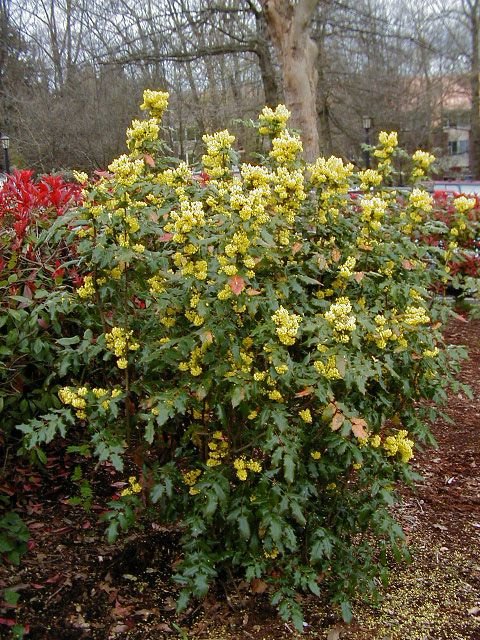Tough Spots: How to Plant in Dry, Deer-Riddled Shade

Some corners of the garden test even the most patient gardener’s spirit. You know the ones—dry as dust by midsummer, shaded all day by greedy tree roots, and regularly raided by the local deer like it’s an all-you-can-eat buffet.
I’ve got one of those corners myself. It sits just beneath an old oak, where the canopy blocks the rain, the roots drink anything that makes it through, and the deer seem to think I’ve planted them a seasonal sampler. For years, I avoided it. I told myself it was a lost cause. But something in me couldn’t let that patch stay bare. I wanted to believe that every space, even the most stubborn, could be beautiful.
So I got to work—not with brute force or unrealistic expectations, but with observation, a bit of experimentation, and a list of plants tougher than they look. And to my surprise, it worked. That neglected patch has since become one of the most interesting, resilient parts of my shade garden.
In this guide, I’m going to walk you through how to do the same. We’ll look at how to improve the conditions you can control, choose the right deer-resistant, drought-tolerant plants for shade, and design a space that thrives even when the odds are stacked against it.
This post is for those of you with dry, shady, deer-visited plots who still believe in the quiet magic of transformation. Let’s get started.
The Problem: Dry Shade + Deer Pressure
Gardening in dry shade is hard enough on its own. The soil is often compacted, the tree canopy blocks out rainfall, and what little moisture remains is quickly stolen by thirsty roots. But when you add deer into the mix? That’s when it starts to feel personal.
It’s the kind of spot where grass refuses to grow, and even tough plants seem to sulk. You try a few favourites—maybe a hosta or two, a bleeding heart for good measure—only to find them chewed to stubs overnight. You water, amend, mulch, hope… and still end up discouraged.
This combination—low light, low moisture, and high browsing pressure—is one of the trickiest scenarios in any garden. And yet, it’s surprisingly common. North-facing borders, strips between trees and fences, or the edges of woodland gardens often check all three boxes.
The trouble is, many gardening books and blogs treat each of these problems in isolation. You’ll find advice for dry soil, lists of shade-tolerant plants, and plenty of articles about deer-resistant options. But very few resources speak directly to the overlap.
That’s why this space matters. You don’t need generic advice—you need a strategy that acknowledges the full reality: a shady site where water is scarce, soil is stubborn, and your plant choices need to survive without being devoured.
Thankfully, there are plants that rise to the challenge—and with a few smart adjustments, you can set the stage for a garden that thrives on resilience.
How to Improve the Site
Before we get into the plants themselves, let’s talk about setting the stage. You don’t have to completely overhaul the soil or fence off the entire garden to succeed in a dry, deer-prone, shaded spot—but making a few thoughtful changes can give your plants a real fighting chance.
Start with the soil.
Dry shade often means shallow, compacted soil with poor water retention—especially under large trees. The first step is to gently improve what you have. Avoid digging too deeply where tree roots are present. Instead, top-dress the area each year with a mix of leaf mould, composted bark, and well-rotted organic matter. Over time, this builds a sponge-like layer of humus that holds moisture and encourages better soil structure.
Mulch with intention.
A thick, natural mulch—like shredded bark, pine needles, or chopped leaves—will help suppress weeds, conserve moisture, and slowly feed the soil. Apply a 2- to 3-inch layer in early spring, and replenish as needed, especially after dry spells. Just be sure to keep mulch away from the crowns of your plants to prevent rot.
Water wisely.
When you do water, make it count. A light sprinkle only encourages shallow roots. Instead, give your shade plants a deep soak less frequently, allowing the water to penetrate deeper into the soil. This helps plants develop roots that can reach further for moisture, making them more drought-tolerant in the long run.
Create micro-pockets for planting.
In really tough spots, consider building small planting pockets using soil mounded around rocks, logs, or between root flares. This allows you to tuck plants into slightly improved conditions without disturbing the broader root zone of nearby trees.
Protect while plants establish.
Even the most deer-resistant plants may be tempting to hungry wildlife when they’re young. If possible, use temporary fencing or mesh guards for the first season, especially around fresh foliage in spring. Once your plants are well-established, they’re more likely to be left alone.
Layer for function as well as form.
Layered planting doesn’t just look beautiful—it serves a purpose. Taller shrubs and perennials can help create pockets of shade that retain moisture and shelter lower-growing groundcovers, reducing evaporation and making the space more hospitable.
These small adjustments—nothing drastic, just thoughtful shifts—can make all the difference. With the right foundation, your plants will have what they need to thrive, even when the conditions seem stacked against them.
Plant Recommendations for Dry, Deer-Resistant Shade
Choosing the right plants for this tricky combination of conditions is less about compromise and more about seeking out the quiet champions of the garden—those that thrive without fuss, shrug off drought, and make deer turn up their noses.
Here are some of the toughest, most reliable plants that have earned their place in dry, shaded, deer-prone spaces:

Perennials
Epimedium (Barrenwort)
USDA Zones 4–9
One of the true heroes of the dry shade garden. Epimediums form tidy clumps of heart-shaped foliage that dance in the breeze and flush with fresh colour each spring. Their dainty, orchid-like flowers in pink, yellow, or white add subtle charm. Once established, they need almost no care—and deer tend to leave them alone.
Brunnera macrophylla ‘Jack Frost’
USDA Zones 3–8
With silver-veined leaves that glow in the shade and tiny, forget-me-not blue flowers in spring, this brunnera variety is a design dream. It tolerates dry shade better than you’d expect and adds a shimmering, light-reflecting touch to darker corners.
Helleborus (Hellebores / Lenten Rose)
USDA Zones 4–9
Tough, evergreen, and utterly graceful. Hellebores bloom in late winter or early spring, offering colour when the rest of the garden is still asleep. Their thick, leathery leaves are unappealing to deer, and they handle drought surprisingly well once established.
Heuchera (Coral Bells)
USDA Zones 4–9
Heucheras are foliage workhorses, available in a rainbow of colours from deep purple to lime green. They don’t mind a bit of dryness, especially with a layer of mulch, and deer generally pass them by.
Geranium macrorrhizum (Bigroot Geranium)
USDA Zones 4–8
This isn’t your dainty bedding geranium—it’s a rugged, root-spreading perennial with aromatic leaves and charming pink or magenta flowers. It’s deer-resistant, drought-tolerant, and incredibly adaptable in dry shade.
Groundcovers
Sweet Woodruff (Galium odoratum)
USDA Zones 4–8
A lovely ground-hugging carpet with whorled green leaves and clusters of tiny white spring flowers. Sweet woodruff is happy in dry shade once established and offers a soft, woodland feel. As a bonus, it releases a sweet scent when crushed—deer usually steer clear.
Lamium maculatum (Deadnettle)
USDA Zones 3–8
With silver-marked leaves and small pink or purple flowers, Lamium brings light and colour to dark areas. It spreads well but isn’t aggressive, and it’s generally unbothered by deer. Look for cultivars like ‘Beacon Silver’ or ‘Purple Dragon’ for extra punch.
Asarum europaeum (European Wild Ginger)
USDA Zones 4–8
Low, glossy, evergreen foliage makes this wild ginger a standout in shade. It’s not the fastest spreader, but it’s deer-resistant and elegant in design-focused gardens.

Shrubs
Sarcococca (Sweet Box)
USDA Zones 6–9
This evergreen shrub handles dry shade like a champ and rewards you with tiny white flowers in late winter that smell unexpectedly divine. It’s a favourite in shady entryways or tucked beneath larger trees.
Mahonia aquifolium (Oregon Grape)
USDA Zones 5–9
Tough, architectural, and bold. Mahonia offers spiny, evergreen leaves and bright yellow blooms in early spring, followed by purple berries. It thrives in dry shade, and deer typically don’t touch it.
Aucuba japonica (Japanese Aucuba)
USDA Zones 7–10
Also known as the “Gold Dust Plant,” Aucuba’s glossy, variegated leaves brighten dark spaces. It’s perfect for the shade garden’s back border and tolerates drought once established.

Design Tip
Try grouping plants with similar needs together—use a backbone of evergreen structure (like Mahonia or Sweet Box), underplant with Epimedium or Brunnera, and fill gaps with groundcovers like Lamium or Sweet Woodruff. The mix of textures, heights, and leaf colours will make even the driest, darkest corners feel alive.
Bonus Tips for Designing with Dry Shade in Mind
Planting in dry, shady, deer-prone conditions might seem limiting at first—but once you understand how to work with the site, you’ll start to see it as an opportunity for clever, subtle design. Here are a few extra strategies to elevate both form and function in your tough garden spaces:
1. Think in Layers
Layering isn’t just for visual interest—it helps protect the soil, retain moisture, and shade the roots of companion plants. Use taller shrubs or evergreen perennials to create partial shelter for smaller, more sensitive plants below. Even just a few inches of extra coverage can make a difference in dry shade.
Try: Sarcococca or Mahonia at the back, Hellebores and Heuchera through the midsection, and a ground-hugging carpet of Sweet Woodruff or Wild Ginger at the base.
2. Use Contrast to Create Drama
Dry shade may be subtle, but it doesn’t have to be dull. Mix foliage types—pair glossy with matte, ruffled with smooth, silver with deep green. This creates a garden that feels alive and dynamic, even when the flowers are between shows.
Try: Brunnera ‘Jack Frost’ next to the deep bronze tones of Heuchera ‘Obsidian,’ with a border of Lamium for shimmer.
3. Embrace Naturalistic Design
Don’t fight the conditions—flow with them. Dry shade lends itself to a woodland-inspired, organic layout with winding paths, clusters of plants, and gentle transitions. Allow groundcovers to spread, let ferns arch naturally, and leave leaf litter in place to feed the soil and invite biodiversity.
Try: Drift planting with Epimedium, underplanted with Asarum, along a natural stepping stone path.
4. Add Hardscape for Structure
In areas where planting is especially difficult (under dense root zones or beside foundations), incorporate stone, wood, or decorative gravel. A well-placed bench, mossy boulder, or rustic trellis can add structure and visual balance without competing for water or light.
Try: Framing a shady seating nook with drought-tolerant shrubs, or placing a container of Heuchera and ferns on a stone plinth.
5. Don’t Underestimate Fragrance
Even in tough conditions, you can still create moments of sensory beauty. Shrubs like Sarcococca and foliage like Sweet Woodruff release delicate fragrance in early spring—surprising and rewarding in a shady space.
Try: Positioning fragrant plants near doorways or along paths where they’ll be noticed and appreciated.
Conclusion: Beauty, Even in the Toughest Spots
It’s easy to look at a dry, shaded, deer-riddled patch of garden and think, “Nothing will ever grow here.” I’ve thought that myself. But over time, those difficult corners have taught me more about gardening than any sunny border ever could.
They’ve taught me patience, observation, and the quiet satisfaction of working with nature—not against it.
You don’t need a blank canvas or perfect soil to create beauty. You just need the right plants, a bit of strategy, and the willingness to experiment. Even the most challenging spots in the garden can become pockets of resilience and charm—lush with texture, alive with possibility, and mercifully unappetizing to deer.
So if you’re staring out at a dry, shady problem area, take heart. The transformation might not be instant, but it is possible. And when it happens, it will feel all the more rewarding.
Enjoyed this guide?
If you’d like more practical tips, plant recommendations, and behind-the-scenes stories from The Shade Gardening Podcast, don’t miss our weekly newsletter.
It’s written just like this blog—warm, personal, and packed with seasonal advice to help you make the most of your shaded garden spaces.